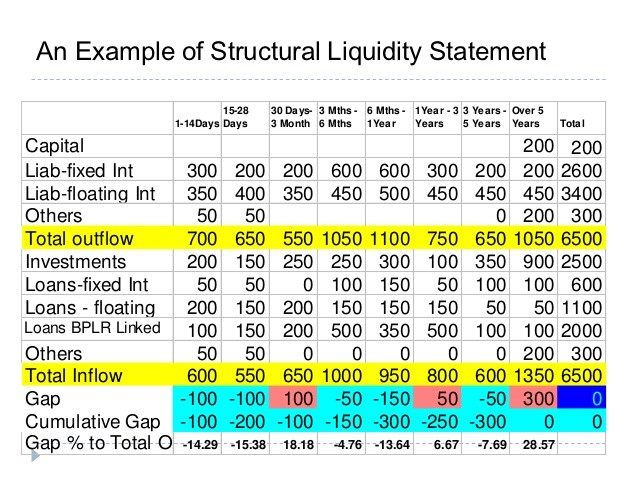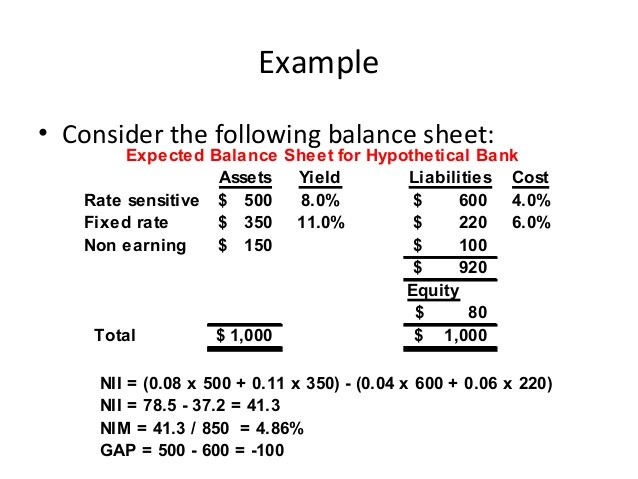Examples Of AssetLiability Management_7
Post on: 10 Май, 2015 No Comment

C Topics Asset/Liability Management Hedging-
This excerpt taken from the C 10-Q filed Aug 3, 2007.
Asset/Liability Management Hedging— Citigroup uses derivatives in connection with its risk-management activities to hedge certain risks. For example, Citigroup may issue a fixed rate long-term note and then enter into a receive-fixed, pay-variable-rate interest rate swap with the same tenor and notional amount to convert the interest payments to a net variable-rate basis. This strategy is the most common form of an interest rate hedge, as it minimizes interest cost in certain yield curve environments. Derivatives are also used to manage risks inherent in specific groups of on-balance sheet assets and liabilities, including investments, corporate and consumer loans, deposit liabilities, as well as other interest-sensitive assets and liabilities.  In addition, foreign exchange contracts are used to hedge non-U.S. dollar denominated debt, available-for-sale securities, net capital exposures and foreign exchange transactions.
Citigroup accounts for its hedging activity in accordance with SFAS 133. As a general rule, SFAS 133 hedge accounting is permitted for those situations where the Company is exposed to a particular risk, such as interest rate or foreign exchange risk, that causes changes in the fair value of an asset or liability, or variability in the expected future cash flows of an existing asset, liability, or a forecasted transaction that may affect earnings.

Derivative contracts hedging the risks associated with the changes in fair value are referred to as fair value hedges. while contracts hedging the risks affecting the expected future cash flows are called cash flow hedges. Hedges that utilize derivatives to manage the foreign exchange risk associated with equity investments in non-U.S. dollar functional currency foreign subsidiaries are called net investment hedges.
All derivatives are reported on the balance sheet at fair value.  If certain hedging criteria specified in SFAS 133 are met, including testing for hedge effectiveness, special hedge accounting may be applied. The hedge effectiveness assessment methodologies for similar hedges are performed in a similar manner and are used consistently throughout the hedging relationships. For fair value hedges, the changes in value of the hedging derivative, as well as the changes in value of the related hedged item, due to the risk being hedged, are reflected in current earnings. For cash flow hedges and net investment hedges, the changes in value of the hedging derivative are reflected in Accumulated other comprehensive income (loss) in stockholders’ equity, to the extent the hedge was effective. Hedge ineffectiveness, in either case, is reflected in current earnings.
Continuing with the example referred to above, the fixed rate long-term note is recorded at amortized cost under current U.S. GAAP. However, by electing to use SFAS 133 hedge accounting, the carrying value of this note is adjusted for changes in the benchmark interest rate, with any changes in fair value recorded in current earnings. The related interest rate swap is also recorded on the balance sheet at fair value, with any changes in fair value reflected in earnings.  Thus, any ineffectiveness resulting from the hedging relationship is recorded in current earnings. Alternatively, an economic hedge, which does not meet the SFAS 133 hedging criteria, would involve only recording the derivative at fair value on the balance sheet, with its associated changes in value recorded in earnings. The note would continue to be carried at amortized cost and, therefore, current earnings would be impacted only by the interest rate shifts that cause the change in the swap’s value. This type of hedge is undertaken when SFAS 133 hedge requirements cannot be achieved.














